
Energy Star Certification
Experts in the Current Version 3 Energy Star Program for Residential homes. Home Energy Solutions can assist in the completion of the rigorous checklist required for certification. HES is certified by the EPA to perform ALL the inspections and testing required to achieve Energy Star Certification.
Request Service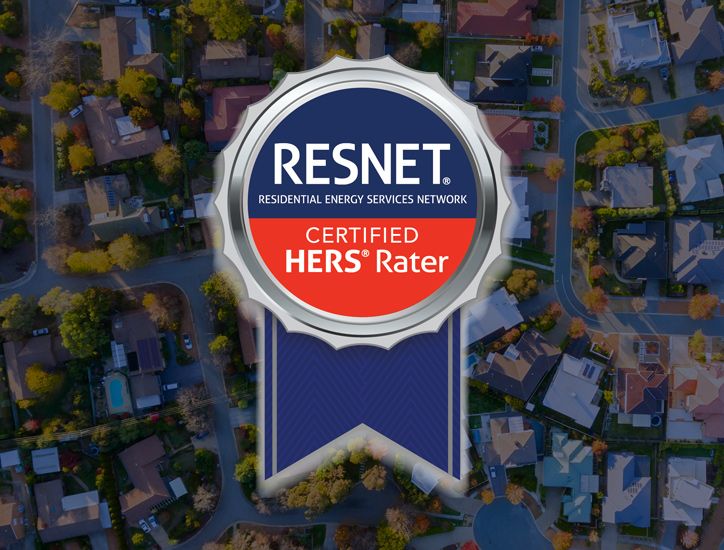
HERS Rating
The Home Energy Rating System (HERS) Index is the industry standard by which a home’s energy efficiency is measured. It’s also the nationally recognized system for inspecting and calculating a home’s energy performance.
Request Service Read MoreA comprehensive HERS rating, conducted by a certified rater from Home Energy Solutions, Inc. is the most in-depth energy performance assessment of a home that you’ll find. It consists of several inspections along the course of construction to address any potential issues, along with diagnostic testing using specialized equipment, such as a blower door test, duct leakage test, combustion analyzer and infrared cameras to determine:
- The amount and location of air leaks in the building envelope
- The amount of leakage from HVAC distribution ducts
- The effectiveness of insulation inside walls and ceilings
- Any existing or potential combustion safety issues
HERS Rating is required on new construction in many towns throughout New York and the entire Country. Home Energy Solutions, Inc. is certified and trained to perform ALL inspections and testing required to achieve a HERS rated house.
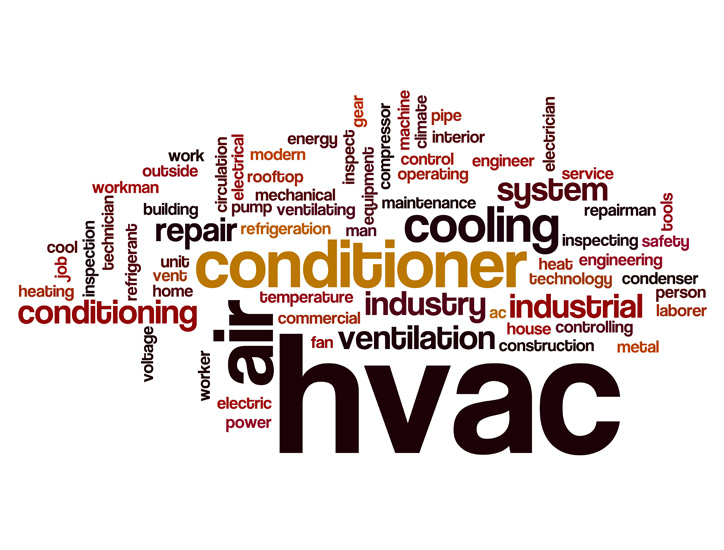
Sizing HVAC Systems
Given all that can go wrong with an improperly sized, designed and installed AC system, it is important to be sure an HVAC system is specifically sized and designed to fit each custom home. The only way to be sure your HVAC system will run effectively and efficiently is to have Home Energy Solution’s qualified technicians complete the ACCA recommended Manual J, Manual S, and Manual D reports.
Request Service Read MoreACCA’s Manual J is the first step in the design process of a new heating and air conditioning system. By following the Manual J methodology and most up-to-date software, Home Energy Solutions, Inc. is able to accurately determine the exact size system needed that will cool and heat your home effectively and efficiently.
Manual S takes the load calculated by the Manual J and finds the specific Make and model of the Equipment needed to meet those loads.
Finally, the Manual D will design the entire ductwork to distribute the heating and cooling evenly and efficiently throughout the home. Including where each register will be placed in each room, and how much CFM of conditioned air is needed in each room to enjoy a comfortable home.
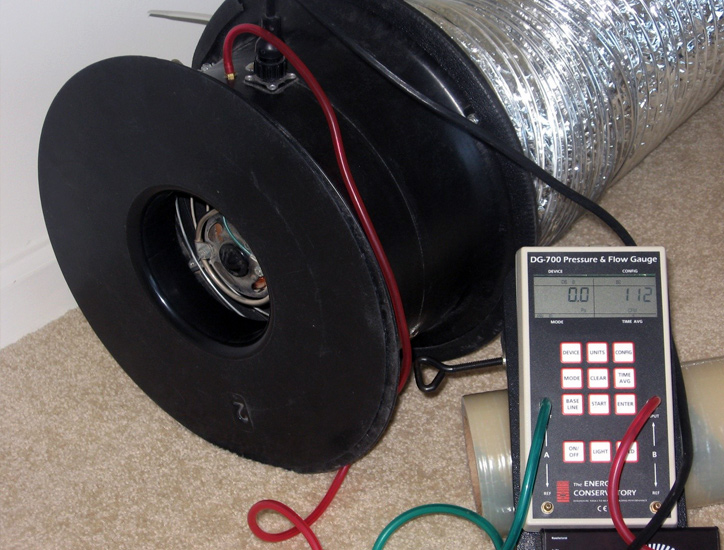
Duct Blaster Testing
Home Energy Solutions has state of the art equipment to measure duct leakage commercially as well as residential. According to the upcoming 2015 Residential Energy Code, all new ductwork must be tested by a third party licensed technician. HES offers duct tests individually as a per-system-cost, or included as part of our HERS and Energy Star Packages.
Request Service Read MoreLeaks in forced air duct systems are now recognized as a major source of energy loss in both new and existing houses. Studies indicate that duct leakage can account for as much as 10% of total house energy loss, and in many cases has a greater impact on energy use than air infiltration through the building shell. Just as important, duck leakage can prevent heating and cooling systems from doing their job properly, resulting in hot or cold rooms, and humidity problems. Also, duct leaks can create air quality problems by pulling pollutants and irritants directly into the house. A duct leakage performance test involves pressurizing the duct system with a calibrated fan and simultaneously measuring the air flow through the fan and its effect on the pressure within the duct system. The tighter the duct system, the less air you need from the fan to create a change in duct system pressure. Testing procedures can be set up to measure only duct leakage (i.e. leaks connected to the outside and inside of the house). Duct leakage measurements are used to diagnose and demonstrate leakage problems, estimate efficiency losses from duct leakage, and certify the quality of duct system installation.
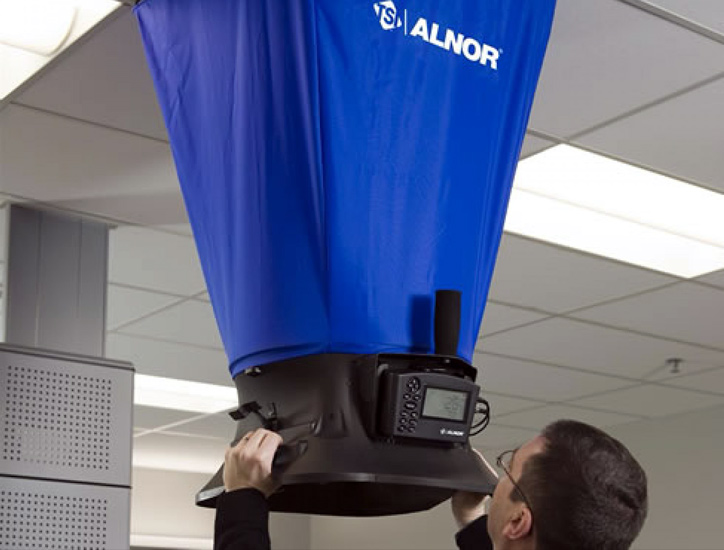
Air Flow and Air Balancing
Air flow testing is simply the process of testing your HVAC system through the use of high tech equipment to measure the amount of airflow and temperature at each supply and return grille. Air balancing is the actual work performed to increase or decrease airflow into specific rooms to improve comfort. The end result is having rooms that are the same temperature, cleaner air, better humidity control and real energy savings. Home Energy Solutions has all the right tools and training to diagnose and help improve the performance of virtually any system.
Request Service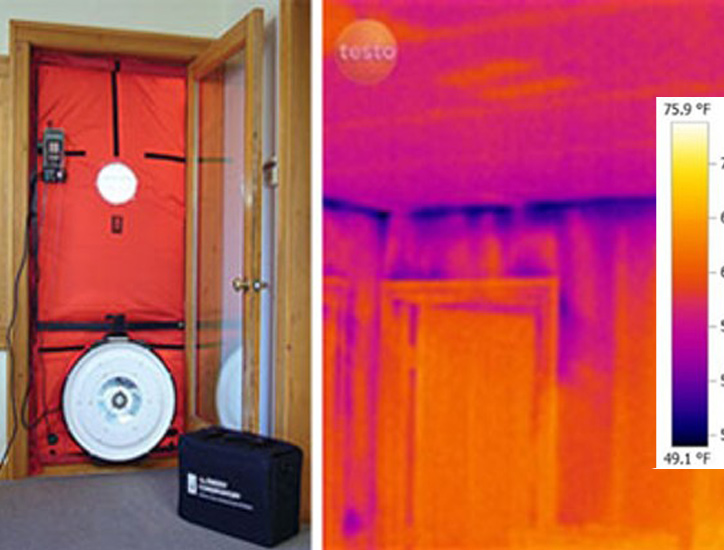
Blower Door Testing
The easiest way to measure building air tightness is with a diagnostic tool called a Blower Door. The Blower Door consists of a powerful, calibrated fan that is temporarily sealed into an exterior doorway.
Request Service Read MoreThe fan blows air out of the house to create a slight pressure difference between inside and outside. This pressure difference forces air through all holes and penetrations in the building envelope. Blower Door tests are typically performed at a pressure difference of 50 Pascals. By simultaneously measuring the air flow through the fan and its effect on the air pressure in the building, the Blower Door system measures the airtightness of the entire building envelope. The tighter the building (e.g. few holes), the less air you need from the Blower Door fan to create a change in building pressure.In addition to assessing the overall air tightness level of the building envelope, the Blower Door can be used to estimate the amount of leakage between the conditioned space of the building and attached structural components such as garages, attics and crawlspaces.
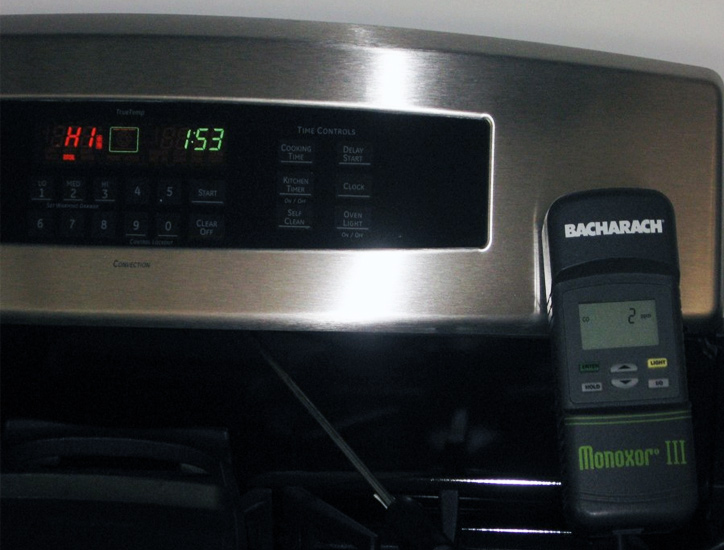
Combustion Safety Testing
Home Energy Solutions, Inc. can identify combustion safety issues that have arisen from appliances and equipment that burn fuels such as natural gas, which can produce carbon monoxide – a colorless, odorless, deadly gas. Carbon monoxide can be produced by appliances in a living area, or it can enter living areas through backdrafting that occurs when building pressurization is incorrect. HES works with building contractors to identify and correct potential health risks due to combustion-related carbon monoxide.
Request Service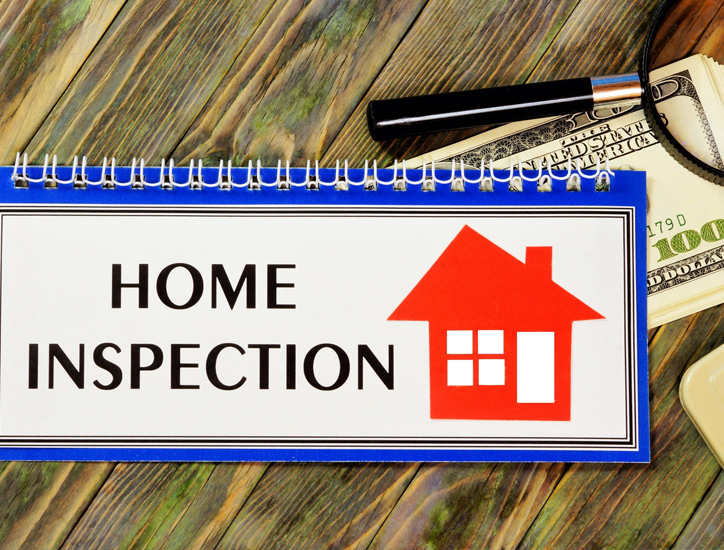
Home Assessments
A Home Assessment is an inspection of an existing house for the purpose of determining its current energy efficiency and providing recommendations for improvements. HES has experience assessing the overall energy efficiency of homes through an on-site inspection. The Home Assessment includes a visual assessment of air infiltration locations, insulation, windows, ventilation, and moisture issues. Blower door and duct blaster tests are conducted to assess air infiltration and duct leakage. In addition to energy measures, consideration is given to potential problems with indoor air quality. HES staff provides a report that summarizes the findings with prioritized recommendations for improvement.
Request Service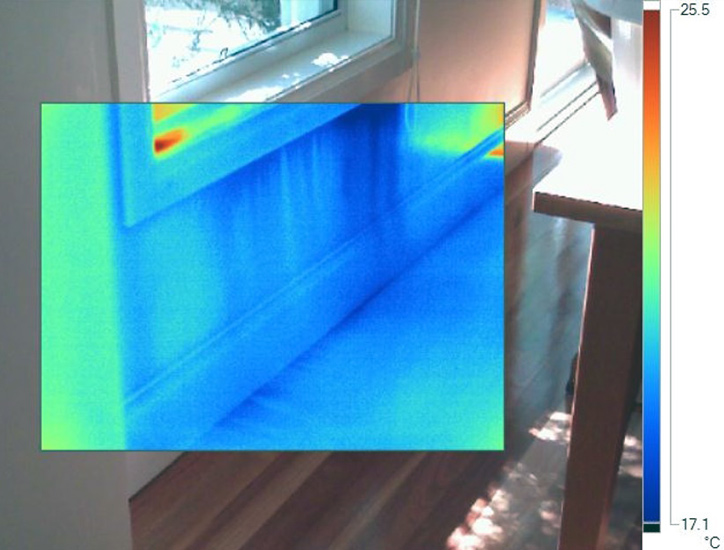
Infrared Thermography
Home Energy Solutions, Inc. offers a unique and invaluable service in infrared scanning. Advanced infrared technology allows for detection and identification of problems invisible to the naked eye. Additionally, infrared scanning provides physical documentation of problems that often go unseen during standard visual inspections.
Request Service Read MoreInfrared thermography can identify a variety of issues and deficiencies:
- Roof Failures
- Comfort Issues
- Moisture Detection
- Heat and Air Issues
- Insulation Verification
- Electrical Damage
- Mechanical Equipment Hot Spots
Infrared thermography is an effective way to ensure the stability and longevity of a home and to protect against greater costs incurred by major building failures. A thermographic inspection is either an interior or exterior survey. The energy auditor decides which method would give the best results under certain weather conditions. Interior scans are more common than exterior scans because there is less interference from outside conditions such as the sun warming a surface or heat loss, which may not be the source of the problem.
Thermographic scans are also commonly used with a blower door test running. The blower door helps exaggerate air leaking through defects in the building shell. Such air leaks appear as black streaks in the infrared camera’s viewfinder.
Infrared scaling allows energy auditors to check the effectiveness of insulation in a building’s construction. The resulting thermograms help auditors determine whether a building needs insulation and where in the building it should go. Since wet insulation conducts heat faster than dry insulation, thermographic scans of roofs can often detect roof leaks.
In addition to using thermography during an energy audit, you should have a scan done before purchasing a house; even new homes can have defects in their thermal envelopes. You may wish to include a clause in the contract requiring a thermographic scan of the house. A thermographic scan performed by a certified technician is usually accurate enough to use as documentation in court proceedings.


